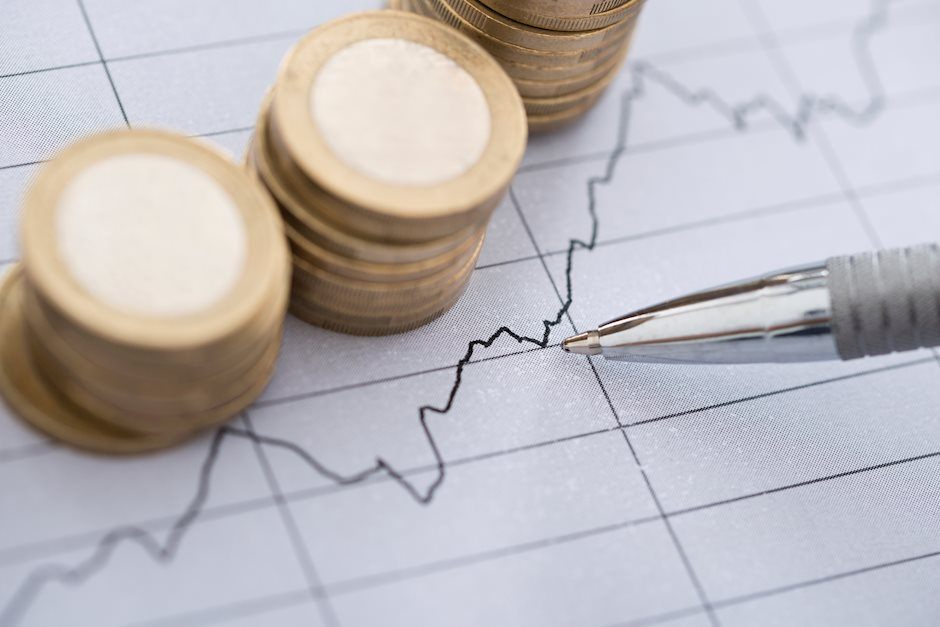Politics in the fight against inflation

One of the disturbing features about economics as a field of study is that it really doesn’t have a particularly good handle on inflation and how to cure it. Our best remedy is a blunt effort to try to slow economic growth to broadly limit inflationary pressures, thereby threatening to substitute higher unemployment and slower job creation for lower inflation.
Many economists see inflation as a monetary phenomenon caused by too much money chasing too few goods. Those with this perspective see tight money as the cure-all – i.e., retarding the growth of the money supply and forcing interest rates higher. Paul Volcker famously applied this policy in the early 1980s. He’s been credited with bringing inflation down from just under 15 percent to less than 3 percent over a three-year period. In so doing, Volcker raised the federal funds rate, a key bank borrowing rate, to 20 percent and precipitated an unemployment rate above 10 percent. Volcker showed that this policy works, but at a cost that was disproportionately shouldered by the unemployed.
The more Keynesian view is that inflation derives from an excess of aggregate demand when the aggregate supply is constrained to its full-employment level of output. This view allows for fiscal policy– i.e., policies involving government spending and taxation -- to play a role in controlling inflation. With fiscal policy, however, it’s difficult to ameliorate one side of this supply-demand equation without exacerbating the other. That is, a fiscal policy designed to reign in aggregate demand could have deleterious effects on aggregate supply, as well; and similarly, efforts to stimulate aggregate supply could do the same for aggregate demand.
The issue of leads and lags is also relevant. For example, one would likely expect the initial effect of any substantial government expenditure program, say, for improvements to infrastructure, to stimulate aggregate demand initially and hence to be inflationary; but in the longer run, the improved efficiencies resulting from updated infrastructure could reasonably be expected to increase aggregate supply and subsequently dampen inflation. The same could be said for virtually any social or educational program that would, over time, improve the human capital of the US workforce – obviously not immediately, but over time.
Adding to the complexity of reducing inflation is the role of inflationary expectations. A persistent sense that inflation is baked into the system causes economic agents to make these expectations a self-fulfilling prophesy, as everyone strives to stay ahead of the problem. It may be somewhat of a confidence game, but policy makers who want to keep inflation in check need to convince the American public that they’re capable of insuring that inflation won’t be allowed to get out of hand.
In this regard, I give Chairman Powell and the Federal Reserve Board high marks. Some have been critical of the Fed for not acting fast enough at the earliest signs of this latest bout of inflation. I’m not in that camp, given the Fed’s dual mandate to control inflation while simultaneously pursuing full employment. To my mind, given the fragility of the economy and the interruption of critical supply chains that arose and contributed to the rise in inflation early during the pandemic, the Fed’s reluctance to institute a contractionary policy prematurely was understandable,
It didn’t take long, however, for the Fed to change course and recognize that inflation was the bigger threat, at which time the Fed began raising interest rates with the goal of bringing inflation down to its 2 percent target. Their words and deeds effectively contained inflationary expectations, which, in turn, have played a critical role thus far in bringing down inflation -- to my mind, in large measure by keeping inflationary expectations in check.
(The Federal Reserve Bank of Atlanta publishes a time-series that measures year-ahead inflationary expectations. This measure peaked below 4 percent in March of 2022, even as year-over-year inflation came in at 8.6 percent. The reading in April of this year for inflationary expectations was just 2.3 percent.)
Although we’ve yet to achieve the Fed’s target inflation rate of 2 percent, their latest statements show a resolve to be patient in getting there. They’ve committed to a heuristic approach whereby they will push interest rates up further if inflation ticks up again. This threat of future tightening, however, is playing an important role in helping to keep inflationary expectations contained. On the other hand, without a resurgence of inflation, given the strength of the economy and the low unemployment rate, I’m in agreement with the Fed that a move to lower interest rates at this time would be premature.
Thus far, the Fed seems to have successfully operated on the knife edge, with inflation down sharply from its peak of 9.1 percent nearly two years ago all the while the unemployment rate has consistently remained below 4 percent. I dare say, two years ago, no one expected this scenario– not even the Board members at the Fed. And while it may still take some time before we can declare victory in the effort to tame inflation, with the current Fed leadership in place, the light at the end of the tunnel seems to be growing in intensity, due in no small part to the Fed’s role in managing inflationary expectations.
It's worth noting that the Fed’s success in keeping inflationary expectations in check isn’t made any easier by critics of the administration harping on how terrible inflation is – even in the face of the evidence as to its dramatic improvement. That political posturing isn’t doing any of us any favors.
Author
_XtraSmall.jpg)
Ira Kawaller
Derivatives Litigation Services, LLC
Ira Kawaller is the principal and founder of Derivatives Litigation Services.

















